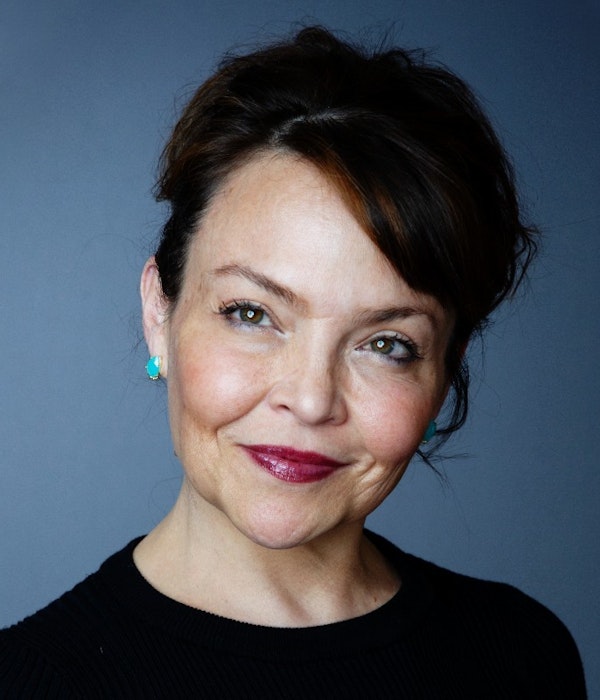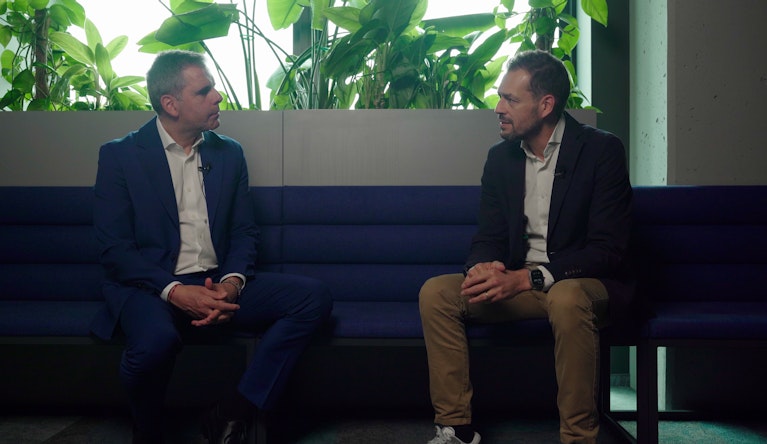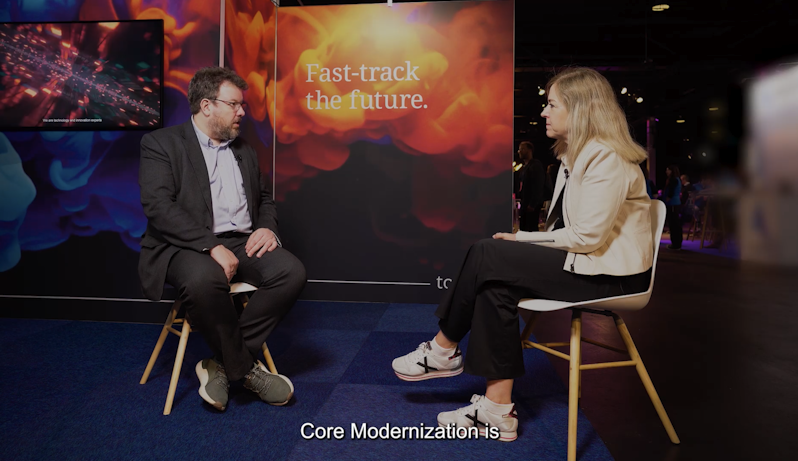
Eyes in the Sky: The Satellite-Powered Insurance Revolution
Rika Nakazawa, Chief Commercial Innovations at NTT DATA, and Johan Slabbert, Senior Advisor at Insurance Advisory Partners, dive into the new frontier of insurance innovation powered by satellite technology. In this episode of the NTT DATA Insurance Dialogs, they explore how space-based data, digital twins, and AI are redefining risk assessment, underwriting, and loss prevention.
Touching on the challenges of legacy systems, the promise of real-time insights, and the agility of MGAs, they highlight how strategic partnerships and co-innovation can enable insurers to stay competitive, resilient, and responsive in an increasingly data-driven world.
Speakers
Rika Nakazawa
Chief Commercial Innovations, NTT DATA
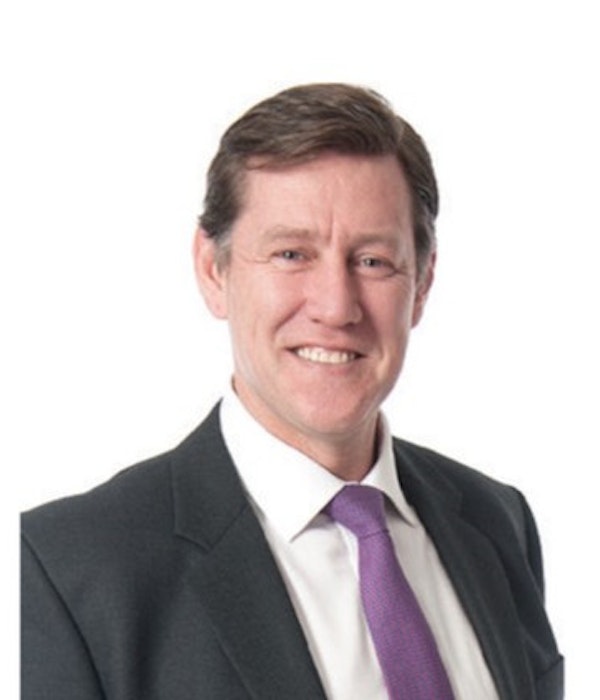
Johan Slabbert
Senior Advisor at Insurance Advisory Partners

Johan Slabbert
Senior Advisor at Insurance Advisory Partners

Transcription
Hello and welcome everyone to a new NTT DATA’s Insurance Dialog. Today, we are diving into an emerging frontier in insurance innovation: Space and Satellite technology. From risk assessment to remote sensing, the potential to redefine underwriting in claims is enormous. To explore these opportunities, I am joined today by Johan Slabbert, Senior Advisor at Insurance Advisory Partners. Johan has deep insights into how the market and other players are starting to leverage these technologies. Welcome, Johan.
Thanks, Rika. Thank you for having me here. It is a great opportunity to talk about tech and how it affects our segment in the industry.
Johan, your work spans technology strategy and advanced risk markets. You have been tracking how satellite data is becoming a game-changer in your industry. Let's unpack what is happening and what is coming next. So, the first question for you is: What do you see to be the ways that space and satellite innovations, especially data, are starting to transform the way that the industry is able to address some new risks and some old risks that have been in the sector?
Satellite space has certainly exponentially increased visibility on risks and risk management. I think use cases, certainly starting with the simplistic modeling 3D view of satellite imagery it help underwriters look at underlying risks in a different way. I think the key from an underwriting perspective is getting better data to differentiate the way you underwrite and better understand risks.
In addition to that, I think loss prevention can certainly become a big contributing factor from satellite imagery, which way the wind's blowing, the predictability of natural catastrophes, and then, risk management in general, utilizing the information that can be generated by satellites to both risk managers in large corporate, but also portfolio management on the underwriting side to make sure you don't have aggregation, you're not writing risks that are already at risk, rather than just, you know, underwriting a portfolio on a more historical methodology.

And to be able to better manage data hygiene, right?
Absolutely. I think that’s one of the things that the industry in general is still struggling with, the quality and accuracy of their existing data. Being able to embed satellite information, data images, the whole suite is really dependent on the quality of the data they have today, because it is not really usable if your data is not being cleansed or enhanced.
Yeah, you know, at NTT DATA with Marble Visions, which we announced last year and then kicked off this year in 2025. Our tagline, as it were, is not a formal tagline; it is: data, insights, action.
And so, we believe that some of the ways that we are going to be enabling some of the innovations that are happening around this full stack of both getting satellites up in early 2027 and then being able to bring that together with our 3D mapping capabilities and then integrating that into creating these dynamic digital twins, is going to be one of the ways that we can facilitate a more holistic way of being able to bring a lot of different data sources together and use AI. Of course, this would not be a dialogue without bringing up AI to be able to really help those decision makers make sense of what those actions are.
You are absolutely right; you talked about decision makers when we talk about underwriting, to me, it has always been art versus science. You need underwriters who truly understand risk and have that real gut feeling on a particular policy that they issue, and that is the art. The science is really done through better data and differentiating information that allows you to look at a risk differently.
And to me, you cannot separate the two; you need the art, you need the science, and companies like NTT DATA can certainly provide the science. We still need the underwriters to interpret, but on a lot simplified basis. You can do predictive, you can do the AI that will allow you to reduce the number of touchpoints for an underwriter to be able to issue a policy.
And because with NTT as a parent company to NTT DATA, we announced last year Constellation 89, which is really just, not just, it is a package name for a lot of the different initiatives that we have, and satellite data is one of the areas of Marble Visions, as I mentioned.
The other area that we are looking to invest in and bring to market soon is the terrestrial non-terrestrial connectivity, because we do think that this ability to bring very nuanced and domain specific, but also situationally specific information, comes from sensors and other ways of being able to capture “in situ” data and bring that into the digital twin.
And that is also something that we are quite excited about, and I would be curious to hear how ready you think the industry is, because some people might say that the insurance industry doesn't move as quickly as perhaps innovators would like But what is your take on bringing all this to your clients?

Yeah, I would say the biggest challenge is legacy systems and the quality of their data. It is hard to bring very specific data into a platform that is not ready. So, it is really about readiness for some of the larger carriers. I think when we talk about the MGA environment, a lot of that is still new,
MGA? Can you just...
Sorry, Managing General Agents (MGA), rather than carriers themselves, are a lot more flexible and a lot quicker to adopt new technology, in particular, when the market starts changing, as we see today, there has been a significant reduction in premium, and the participant in the market and the value chain, that is going to be the biggest loser, is based on premium coming down would be the MGA’s.
So, they would definitely look at doing better underwriting by utilizing technology and data out of satellite, you know, information, that allows them to write at better risk and be reactive to loss prevention that will help them with contingent income.
I could talk to you all day, but we unfortunately don't have all day.
I have one more question for you because, within NTT DATA, we have a number of different physical innovation centers where we bring industry leaders, like yourself, and clients into go through the art of the possible exercise with technologies that are available today, not so far out, right? And technologies that are available today.
And so that process of innovation is co-innovation, it’s partnerships. So I would be curious to hear what is the current stance of the sector is, as it relates to the partnership ecosystem.
How have partnerships been shifting, whether that is partnering with government agencies, partnering with technology companies, and solution providers like NTT DATA and other providers? How is that ecosystem starting to evolve?
I think, if you have a look at some of your own survey results, you will see that there is definitely, as a result of a number of catalysts, a movement to utilizing and partnering with technology companies rather than owning their own legacy systems.
I think it is inefficient, I think there is a substantial amount of incremental gain if you do partner with a technology company.
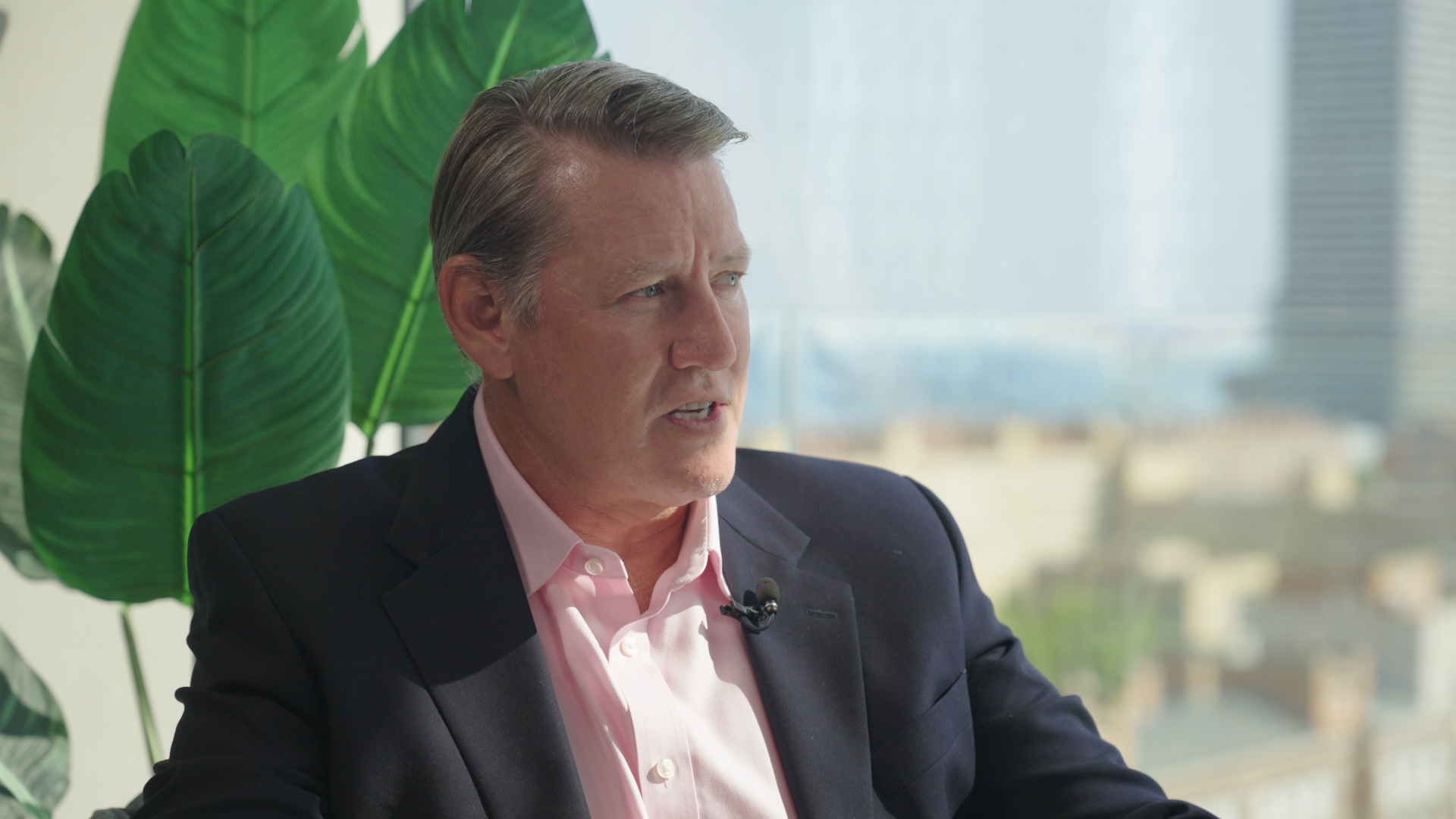
You know, there are fast followers in the market that will adopt new technology and take advantage of opportunities. There are slow adopters, and, of course, they have restrictions or restraints that don't allow them to be that reactive.
I think, and I have had the privilege of spending time today looking at your living lab, and all the different sections within that, I was quite impressed, and I think the co-collaboration or co-innovation is a brilliant concept of “come around, sit down, let's talk about what makes you a better insurance company or an MGA”.
I think more participants in the market should consider their options and take advantage of opportunities like what NTT offers.
All right, thank you so much for mentioning that, and it is really just such an honor and a pleasure to have someone like you, Johan, you have such an extensive, deep experience in the insurance sector an incredible, I think, aperture for trying to re-envision how this sector is going to be moving forward for maximum impact.
I think that there are opportunities, not just for the sector to benefit, but for the communities and for the businesses that insurance sector serves, as well as people and planet, because climate resilience and climate change are one of the factors, among many other ways, that risk is starting to be refashioned, I think, in the future.
So, thank you again so much for joining us in this very thought-provoking conversation for our NTT DATA Insurance Dialogs. So, thank you again, Johan, for joining us.
My pleasure, and I am glad I could contribute to the greater environment.
And, to our audience, what is your take on satellite tech in insurance? Could this be the next big differentiator for the insurance sector and for policyholders? Let us know in the comments. And let's keep pushing the boundaries to the edge of space and beyond.
Thank you.
